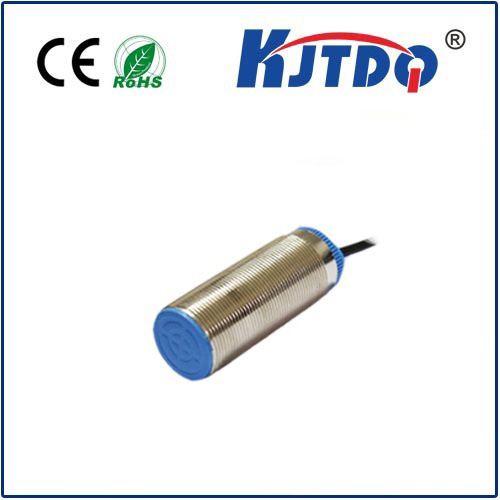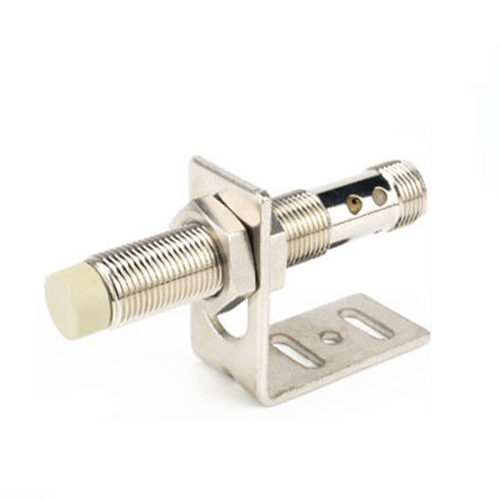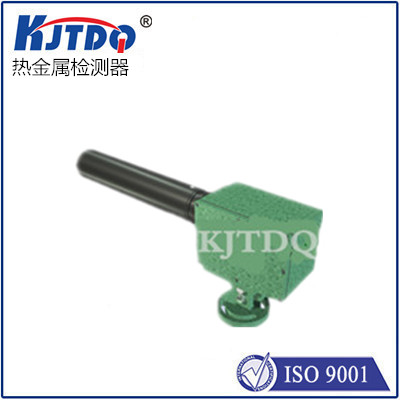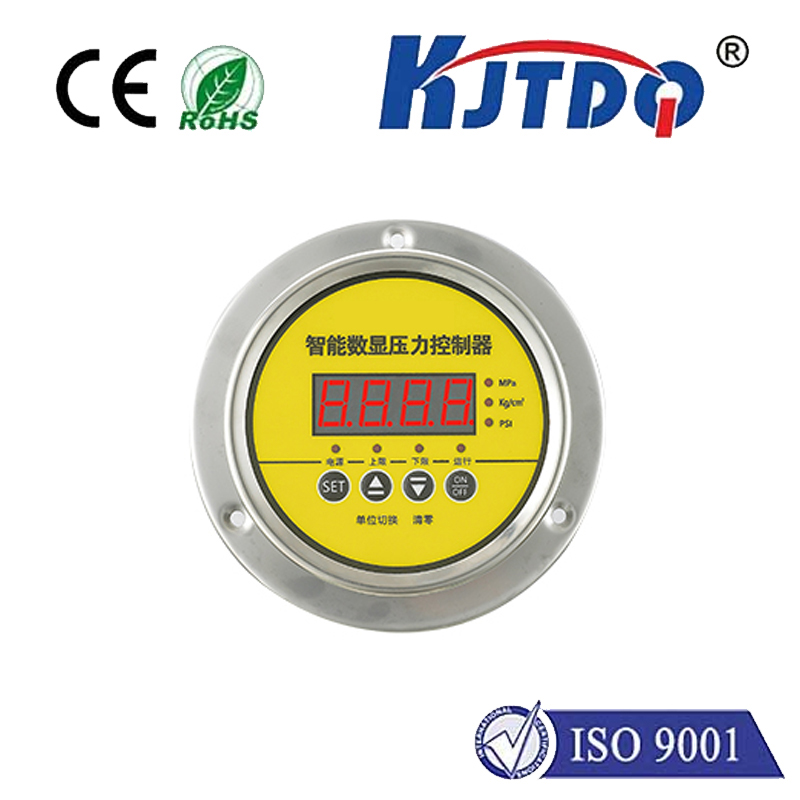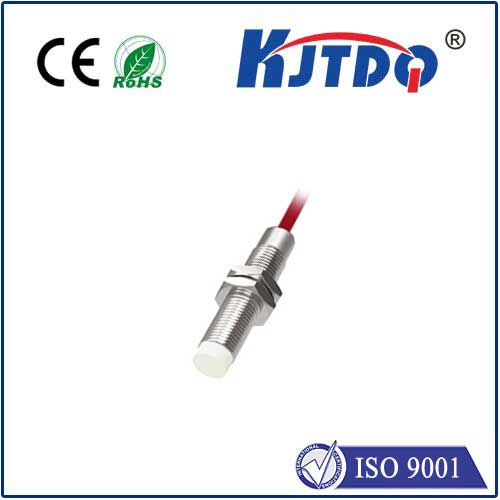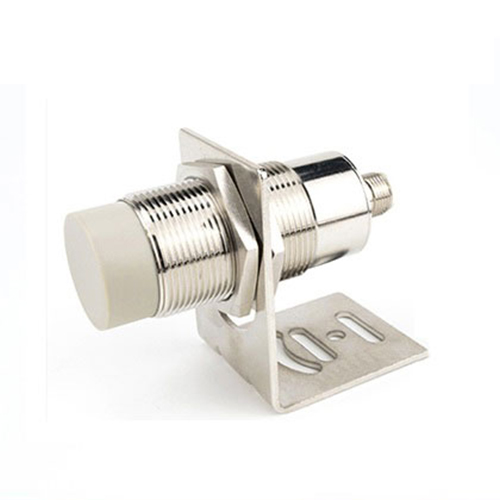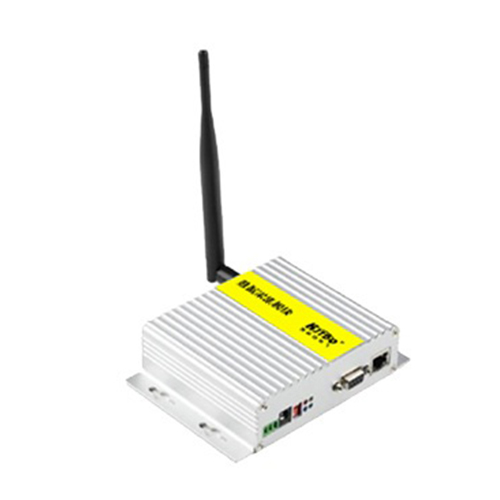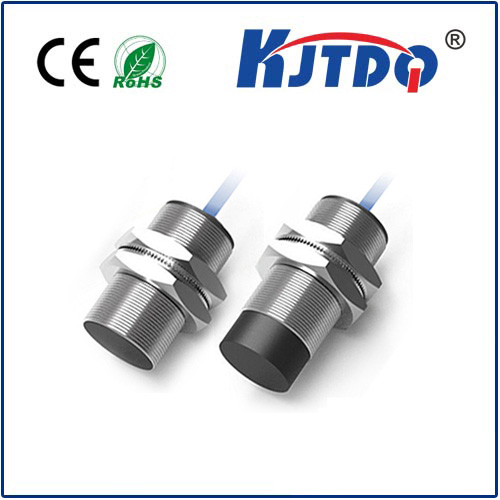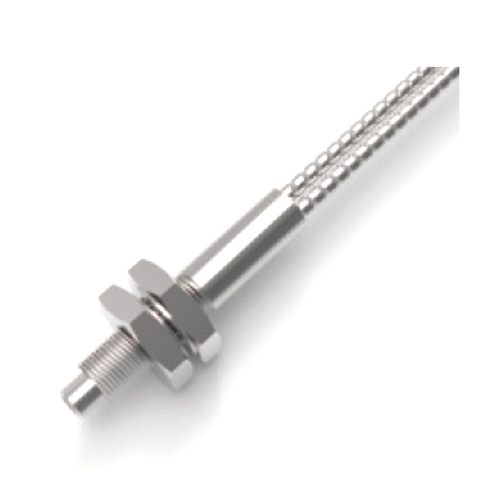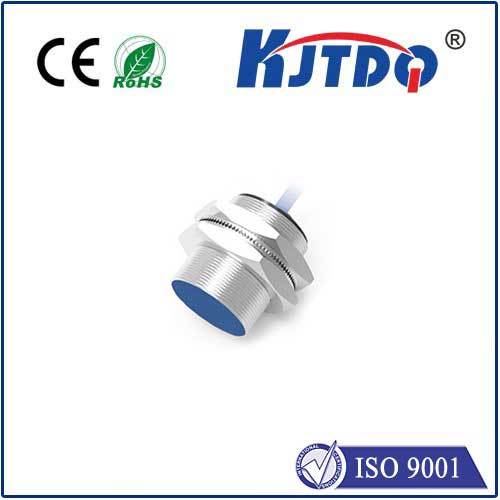BES0206 high pressure proximity sensor
- time:2025-10-01 05:53:23
- Click:0
BES0206 High Pressure Proximity Sensor: Unwavering Detection in Demanding Environments
Imagine an industrial setting where relentless hydraulic forces crush, molds clamp with immense pressure, or powerful presses shape metal. In these critical zones, standard sensors often falter, succumbing to stress or contamination. Reliable object detection becomes not just a convenience, but a necessity for safety, precision, and preventing catastrophic failures. This is precisely the domain where specialized solutions like the BES0206 high pressure proximity sensor excel, providing robust, non-contact sensing where others simply cannot survive.
Unpacking the Core Need: Pressure is the Enemy
Standard inductive proximity sensors work wonderfully in benign environments. They detect the presence of metallic objects without physical contact using an electromagnetic field. However, plunge them into an environment saturated with high-pressure fluids (hydraulic oil, coolants) or compressible gases, and their limitations become starkly apparent. Pressure can:
- Compromise Seals: Force media ingress into the sensor housing, causing short circuits or corrosion.
- Deform Housings: Physically warp or crack sensor bodies not designed for sustained stress.
- Damage Electronics: Transfer pressure internally, damaging sensitive circuitry.
- Cause False Triggers: Alter the sensor’s electromagnetic field characteristics unpredictably.
Failure in these scenarios isn’t just inconvenient; it can lead to unplanned downtime, costly repairs, compromised product quality, or even safety hazards. Reliable detection under extreme pressure is non-negotiable for critical industrial processes.

The BES0206: Engineered Resilience for Extreme Conditions
The BES0206 represents a class of inductive proximity sensors meticulously engineered to shrug off the challenges of high-pressure environments. Its design philosophy revolves around absolute integrity and unwavering performance under duress. Key features enabling this resilience include:
- Hermetically Sealed Construction: This is the cornerstone of its high-pressure capability. Unlike sensors relying on O-rings that can deform or extrude under extreme pressure, the BES0206 typically employs a laser-welded stainless steel housing or a robust, pressure-rated encapsulation. This creates an impermeable barrier, ensuring the sensitive internal electronics are completely isolated from the external hostile environment. No matter how high the fluid pressure surrounding it, the sensor’s internals remain pristine and protected.
- Robust Materials: High-grade stainless steel (like 316L/V4A) is the standard for the sensing face and often the entire housing. This offers exceptional resistance to corrosion from aggressive industrial fluids, high-pressure water jets, and cleaning chemicals, while simultaneously providing the mechanical strength needed to withstand pressure without deformation.
- Enhanced Sensing Technology: Utilizing advanced inductive principles, the BES0206 reliably detects metal targets (ferrous and non-ferrous, depending on exact variant) through its stainless-steel face. Its design ensures stable switching behavior, immune to contaminants like oil, grease, or coolant splashes commonly found in these settings.
- High Pressure Ratings: While exact specifications vary by manufacturer, BES0206 sensors are specifically characterized for significantly higher pressure ranges than standard sensors. This could mean ratings of several hundred Bar (or thousands of PSI), making them suitable for applications inside hydraulic cylinders, injection molding machines, die-casting equipment, and high-pressure test rigs where standard sensors would be destroyed instantly.
Where the BES0206 High Pressure Proximity Sensor Shines: Key Applications
The unique capabilities of the BES0206 make it indispensable across numerous demanding sectors:
- Hydraulic Cylinders: Monitoring piston rod position inside the cylinder barrel under intense hydraulic pressure. Verifying end positions reliably in excavators, presses, and industrial machinery. (Critical for preventing over-travel damage)
- Injection Molding Machines: Sensing mold clamping status, ejector plate positions, or core pulls within the high-pressure confines of the mold area, often exposed to high clamping forces and potential oil spray. Ensuring precise cycle control and mold safety.
- Die Casting Machines: Detection tasks within the die cavity or on moving platens subjected to extreme clamping pressures and high temperatures. Provides vital position feedback under punishing conditions.
- Presses & Stamping: Monitoring tooling positions, workpiece presence, or safety interlocks within the press frame, where forces are immense.
- Valve Position Feedback: Confirming the open/closed state of high-pressure valves in oil & gas, chemical processing, or power generation.
- High-Pressure Test Benches: Reliably detecting components or fixtures under test conditions involving extreme fluid pressures.
- Subsea Equipment: Certain marine-rated variants can be employed in subsea applications, detecting components within pressurized housings or manipulators, where sensor failure is not an option.
Selecting and Integrating the BES0206: Focus on Specifications
Choosing the right BES0206 sensor requires careful attention to the specific demands of your application:
- Pressure Rating: This is paramount. Verify the sensor’s maximum rated pressure (static and dynamic) exceeds the peak pressure encountered in your application location. Never operate near or above the absolute maximum rating.
- Media Compatibility: Ensure the sensor’s housing material (stainless steel grade) is resistant to the specific fluids (hydraulic oil type, coolant, chemicals) it will encounter.
- Temperature Range: Confirm the operational temperature range suits the environment, considering both ambient temperature and potential heat generated by the process.
- Sensing Distance & Target: Choose the appropriate sensing range and ensure it’s suitable for the target material (steel, aluminum, brass, etc.). Note that sensing range can be slightly reduced compared to standard sensors due to the thick face material needed for pressure resistance.
- Electrical Specifications: Select the correct voltage (DC or AC), output type (NPN/PNP, NO/NC), and connection (cable or connector) compatible with your control system. Pre-wired cables with robust, pressure-resistant cable glands are common.
- Mounting: Ensure the sensor can be physically integrated securely, often requiring threaded mounting directly into a port or housing designed to withstand pressure. Proper sealing at the mounting point (using compatible seals/washers) is essential to prevent leaks alongside the sensor body.
The Imperative of Resilience
In high-pressure industrial landscapes, sensor failure isn’t a minor setback; it’s a direct threat to operational continuity, equipment integrity, and safety. Standard sensors lack the inherent fortitude required. The BES0206 high pressure proximity sensor stands as an engineered solution, embodying robustness, reliability, and precision where pressure reigns supreme. Its hermetically sealed, stainless-steel construction provides the essential barrier, allowing it to deliver consistent, non-contact metal detection deep within hydraulic systems, molding machines, presses, and other punishing environments. For applications demanding uncompromising sensing performance under extreme pressure, specifying a sensor like the BES0206 isn’t just a choice; it’s a fundamental requirement for resilient, efficient, and safe operation. Always consult the specific manufacturer’s datasheet for detailed pressure curves, temperature dependencies, and exact application limits.






